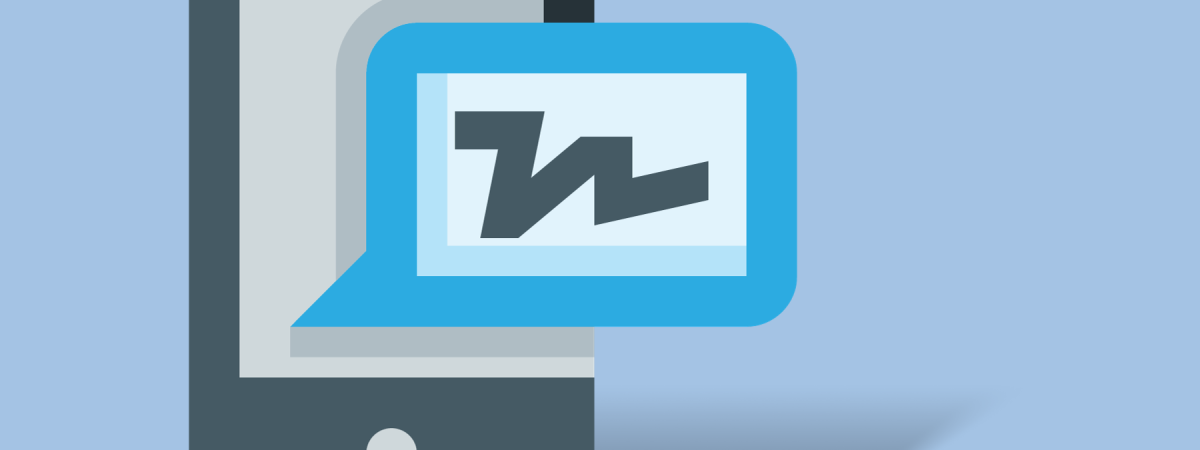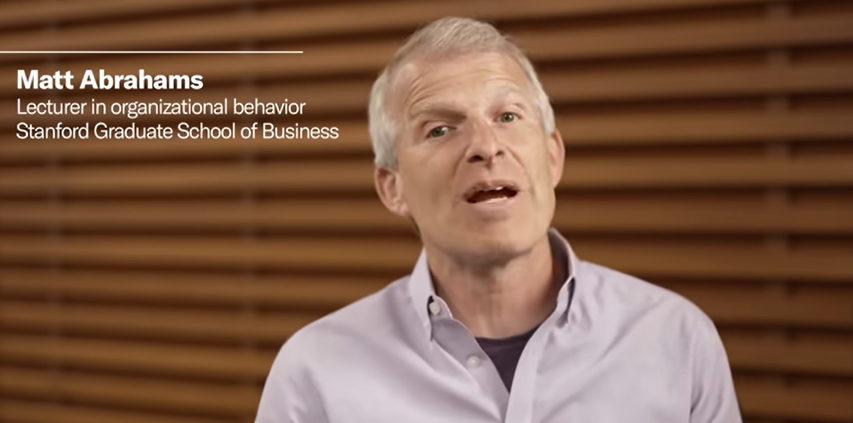
Payment integration, No. 2: What are payment integration connectors?
In our last article about payment integration, we looked at what payment integration is and how to it can optimize your merchant services. In this article we’re looking at API connectors; a software secret that opens your options as a merchant, and potentially allows for significant savings on your payment processing expenses.
Payment integration requires payment APIs.
Integrated payments are facilitated through Application Programming Interfaces (APIs) – protocols that allow different software applications to communicate with each other. Essentially, payment APIs enable applications to accept and send payments by ensuring that all involved parties can “talk” to each other. Think of them as the middlemen between your payment processor and whatever software your business is using for its CRM or other processes.
As we mentioned in the last issue, there are many benefits to payment integration, such as:
- Making the customer experience seamless.
- Streamlining merchant’s operations.
- Increasing efficiency and security.
- Offering multi-channel support across all platforms.
- Offering reporting and analytics.
- Minimizing human error.
- Minimizing online cart abandonment.
However, on top of all the benefits to your bottom line, there are also some constraints.
Payment APIs can tie you to one processor.
For example, let’s say an automotive repair business uses a specific CRM software to keep track of client data, as well as send real-time updates on its customer’s repair status. Well, there’s a decent chance that the payment API needed to integrate that specific CRM with a merchant services provider exclusively works with one processor. Thus, your ability to switch to a processor with better rates may be dependent on its compatibility with your current CRM system. Many will trade convenience for price because it’s a lot easier to continue overspending than to completely change your operations. For that reason, it’s not uncommon for businesses to choose a more conservative approach, limiting operational upgrades.
In this regard, despite improving your operations and having a potentially positive impact on your bottom line, payment integration does remove some of your choices as a business owner.
What’s the solution, as a merchant, who wants the benefits of payment integration without the loss of agency when it comes to choosing a provider?
Connectors give you the best of both worlds.
To work around processor exclusivity requirements and integration protocols, customized software called ‘connectors’ are commonly employed. Connectors use APIs to establish communication between two applications that are otherwise not designed to work together.
So, in the automotive repair shop example, if you wanted to keep your current CRM and try a different processor, you would have to use a connector to make this possible. Depending on the potential savings, it may be worth paying for a connector.
How do you get a connector?
Connectors aren’t something your processor is going to advertise being an option, so how do you find them?
Connectors are offered through third-party developers. These are available to businesses in two main ways:
- Building custom connectors upon request to meet specific needs.
- Licensing out a pre-built connector based on a common need among many businesses for a feed per pay period.
The former option is much more expensive than the latter, so the cost-benefit analysis of that choice must be carefully considered. If a pre-built option for your specific needs exists, there’s a good chance it could result in significant payment processing savings.
In conclusion…
While payment integration takes your payment processing capabilities to the next level and can significantly improve operations, it also has the potential to limit business’ choices when it comes to processor selection. Of course, connectors resolve this issue, by facilitating communication between programs that aren’t otherwise designed to talk. Depending on the availability of existing connectors, this option could save your business a lot of money.










